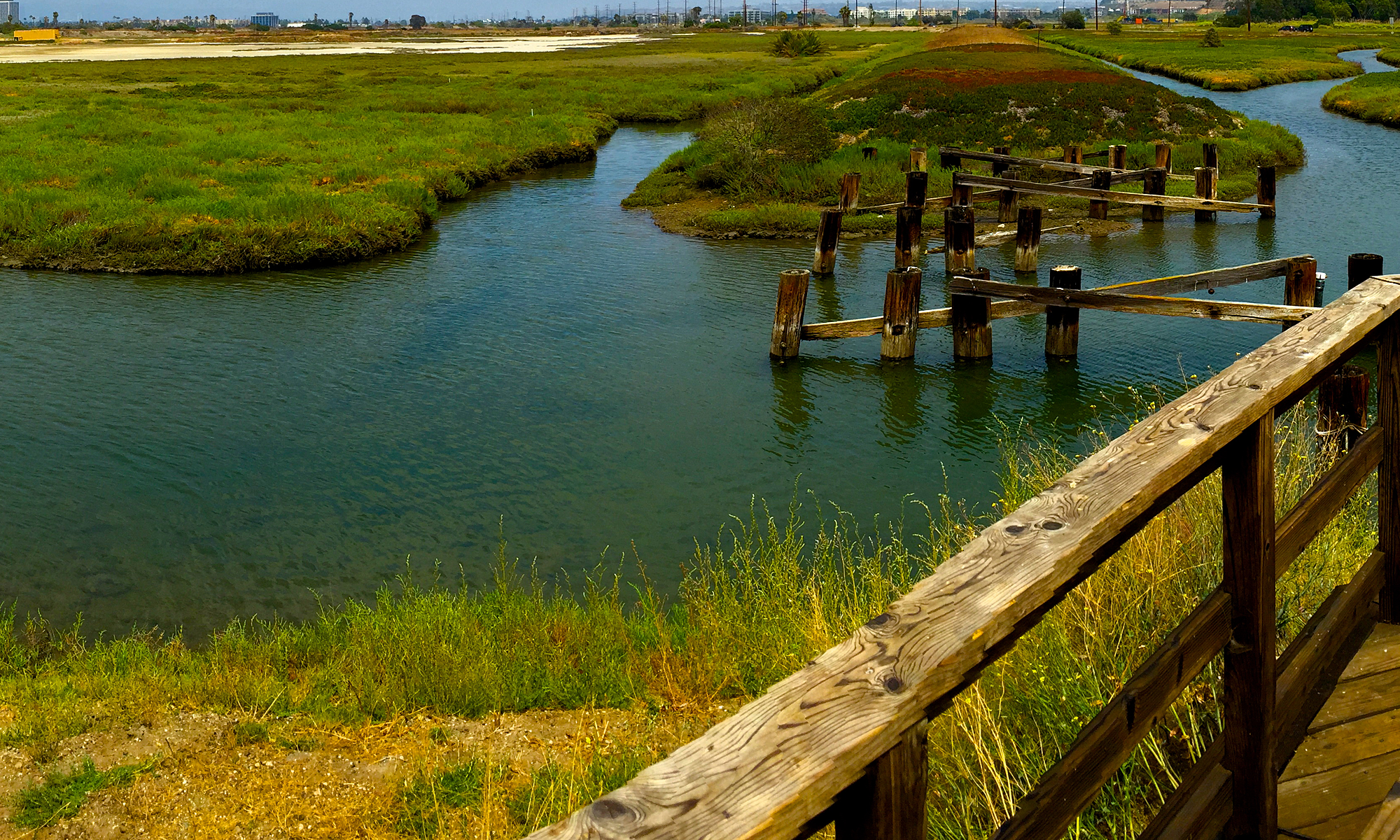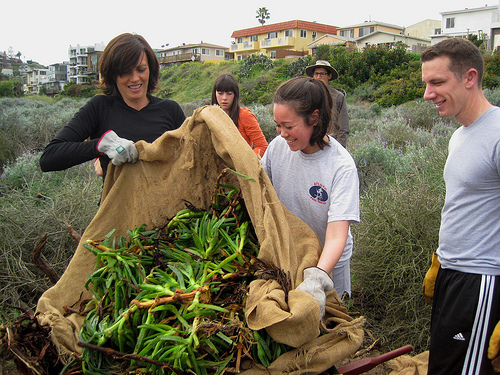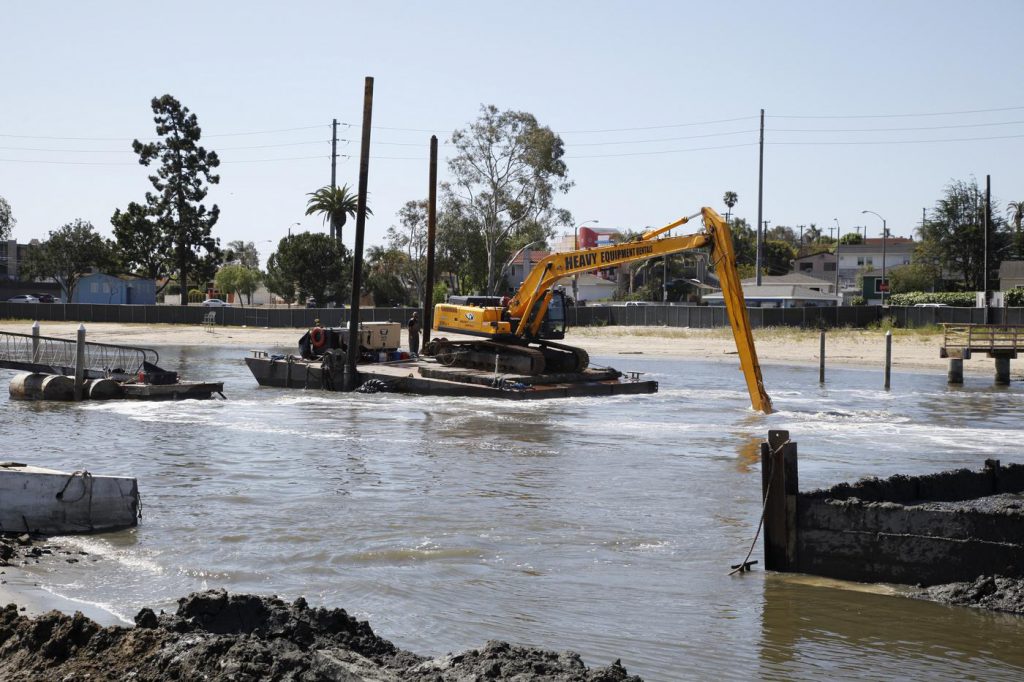Principle 4 – Appropriate Scale
Restoration work should be conducted in the manner that most effectively and efficiently meets restoration goals. Wetland restoration projects can range in size and scale, and may require significant earth-moving activities to restore wetland functions. Short-term disruptive activities should only be employed if sensitive areas and native plants and wildlife are safeguarded in the process (e.g., appropriate seasonal timing, monitoring, temporary relocation of plants and animals when necessary). (iv)
Description:
Wetland restoration projects can range greatly in scale depending on the goals of the restoration, the degree of degradation of the site, and the site’s potential for restoration. For instance, smaller-scale restoration may include removal of invasive weeds through hand pulling methods. In contrast, a larger-scale restoration may involve dredging and earth-moving activities, such as removal of fill and channel reconfiguration. Ideally, the restoration will result in a functioning and self-sustaining ecosystem, with minimal maintenance required in the long-term. A small scale restoration may be appropriate when the degradation to the site is minimal: for instance, when hydrologic processes are intact but an invasive species is present and its removal is likely to be successful and result in improved biological diversity. A larger scale restoration may be appropriate when degradation is more extreme, such as when hydrologic processes have been altered, whether it is through infill of habitat and waterbodies, channelization of waterbodies, or alteration in flow regimes. A larger scale restoration should only occur if the site has a high potential for restoration and the restoration will likely result in a functioning and self-sustaining ecosystem, based on scientific evidence.
Volunteers removing invasive iceplant in Ballona Wetlands Ecological Reserve of Los Angeles County. This is an example of a smaller-scale restoration with goals of increased biodiversity and habitat for wildlife.
An excavator removes sediment from Colorado Lagoon. This is an example of a larger-scale restoration that included dredging and re-contouring to reconnect habitat with tidal flushing and improve water quality.
Examples:
Examples of lower intensity restoration projects:
• Los Penasquitos Lagoon, San Diego County (http://www.lospenasquitos.org/)
• Agua Hedionda Lagoon, Carlsbad, San Diego County
• Ballona Wetlands, Los Angeles County (removal of invasive ice plant by Friends of Ballona Wetlands, the Bay Foundation, CA Dept. of Fish & Wildlife)
Examples of higher intensity restoration projects:
• Malibu Lagoon, Los Angeles County (removal of fill and re-contouring channels) (http://www.santamonicabay.org/learn/our-work/coastal-wetlands-lagoons/malibu-lagoon/)
• Huntington Beach wetlands, Orange County (channels dug out): http://www.hbwetlands.org/
Reference:
iv. USEPA (2000). Principles for the Ecological Restoration of Aquatic Resources. EPA841-F-00-003. Office of Water (4501F), United States Environmental Protection Agency, Washington D.C. 4pp.


